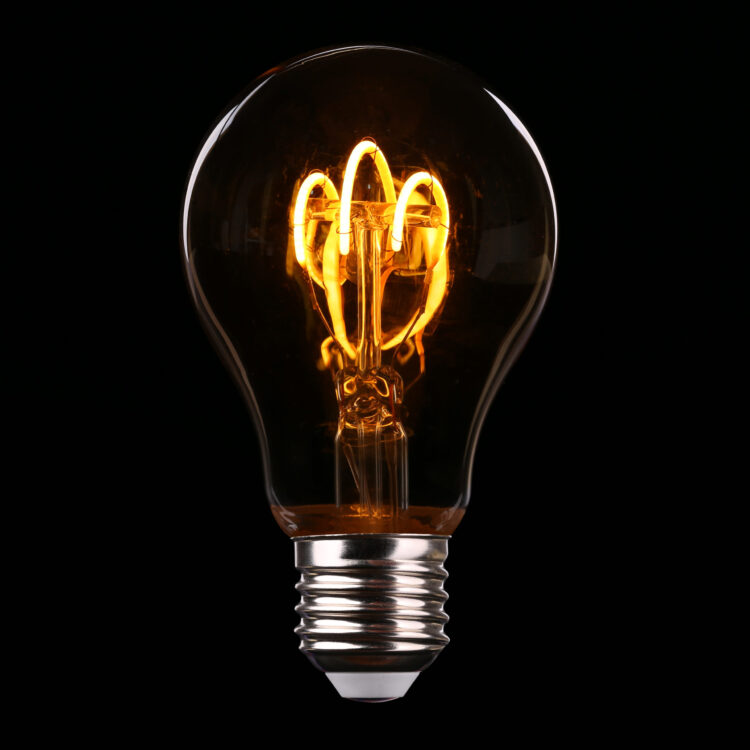We’ve all had moments of indecision, moments where we’re trapped in a certain way of thinking and can’t find the answer to the problem we’re solving. Whether it’s a question of how one phrases what they’re thinking, what one should major in, or what job offer one should take, we all face difficult decisions daily. Suddenly, a solution emerges that changes everything: a moment commonly known as an epiphany or lightbulb moment. While there is no guarantee that one can have an epiphany with each problem, research suggests a couple of ways to induce them, including learning through trial and error, eliminating external distractions, and boosting one’s mood.
If someone wants to have an epiphany, they should focus on their own experiences.
Research shows that people have epiphanies when they learn from their own experiences, but how do scientists know this? A study published in the Proceedings of the National Academy of Sciences tracked the eye movements of participants playing a two-person game. In the game, each player picked a number between 0 and 10 with the goal of selecting a number closer to the average of the two numbers picked multiplied by 0.9. The average of the two numbers picked will always be closer to the lower number since the average is multiplied by 0.9. Therefore, the optimal strategy would be picking 0 because it is the lowest possible number to choose in the game. To more easily determine whether participants learned the optimal strategy through epiphany, researchers paid participants who committed to picking the same number for the remainder of the study. Nearly all the participants who committed to 0 did so because they had epiphanies, and they spent more time looking at their numbers than the numbers of their opponents. This suggests that they learned from personal mistakes and successes. If someone wants to have an epiphany, they should focus on their own experiences and try out possible solutions to receive greater benefits from the learning process.
Another study published in Sage Journals found an association between reducing visual input and having epiphanies using electroencephalography (EEG) and functional magnetic resonance imaging (fMRI). Participants in the study played a game where they were given three words and had to find a word that formed a compound word with each of them. Once they thought of a word, they pressed a button indicating whether they found the word through insight or methodically. EEG showed that immediately before a lightbulb moment, there was a slow alpha-band of activity followed by a high-frequency burst of gamma-band activity indicating the aha moment. Alpha-bands are associated with an inhibition of activity, while gamma-bands are associated with higher cognitive functions. This appeared in the scans as activity in the right occipital lobe, which manages vision, followed by activity in the right anterior temporal lobe, which deals with the processing of language. Because alpha-bands are associated with inhibition, a reduction in visual processing occurred before an aha moment followed by an increase in word processing when the participant found a solution. In practice, someone could close their eyes or move their gaze away from the task at hand to induce an aha movement. This often happens naturally when one is faced with a difficult problem as a way to avoid distractions and concentrate on finding a solution. It could also be beneficial to eliminate surrounding distractions like one’s phone to avoid disrupting the problem-solving process.
Within the same study, researchers found a connection between mood and having epiphanies. fMRI showed activity in the anterior cingulate cortex, a region of the forebrain involved in regulating mood, immediately before participants saw the problems. To test the connection between mood and solving problems, the researchers showed the participants comedy videos before they solved problems, which allowed them to not only have more epiphanies but also solve more problems overall compared to when they watched neutral or horror-themed videos. Consequently, people could have more aha moments if they boosted their mood as it increases activity in the anterior cingulate cortex. This could include things like spending time with a pet, talking to a friend, listening to music, or anything else that someone might enjoy.
Someone could close their eyes or move their gaze away from the task at hand to induce an aha movement.
So the next time you find yourself experiencing writer’s block, grappling with a major decision, or needing some inspiration, take note of your previous mistakes and act accordingly, remove external distractions, and find a way to improve your mood. Although this isn’t a foolproof method to induce a lightbulb moment, it doesn’t hurt to try.
References:
Sage Journals (2009). DOI: 10.1111/j.1467-8721.2009.01638.x
PNAS (2017). DOI: 10.1073/pnas.1618161114
Image courtesy of Pexels

